Table of content
Pineapples, with their tropical sweetness and vibrant flavor, are a beloved fruit worldwide. However, discovering a blackened core upon slicing into this prickly delight can be alarming. The question arises: If the heart of the pineapple is black, is the surrounding flesh still safe to eat? This article delves into the causes of pineapple core discoloration, evaluates food safety risks, and provides actionable advice for consumers.
Understanding Pineapple Anatomy and Ripeness
Before addressing the black core issue, it’s essential to grasp the pineapple’s structure. A pineapple (Ananas comosus) consists of a tough, spiky exterior; a fibrous, edible flesh; and a central core. The core, often harder and less juicy than the flesh, is biochemically distinct. During ripening, enzymes break down starches into sugars, softening the fruit. However, overripeness or mishandling can trigger detrimental changes.
Common Causes of Blackened Pineapple Cores
The discoloration of the pineapple core is rarely random. Several factors contribute to this phenomenon, each with varying implications for edibility:
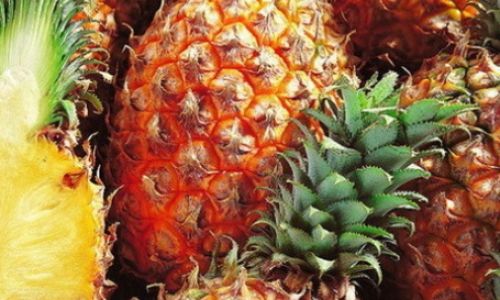
Overripeness and Enzymatic Browning
As pineapples mature, their natural enzymes, particularly polyphenol oxidase, interact with oxygen and phenolic compounds. This reaction, similar to apple browning, can darken the core. Overripe pineapples may exhibit a brownish-black core, accompanied by softening flesh and a fermented aroma. While enzymatic browning is a natural aging process, excessive darkening may indicate decay.
Fungal Infections
Pineapples are susceptible to fungi like Fusarium and Penicillium, which thrive in humid environments. These pathogens can infiltrate the fruit through wounds or during improper storage. A blackened core caused by fungi often presents with fuzzy mold, soft spots, or an off-putting smell. In such cases, the entire fruit may be compromised, as fungal spores can spread to adjacent tissues.
Physiological Disorders
Certain non-pathogenic conditions can alter the core’s appearance:
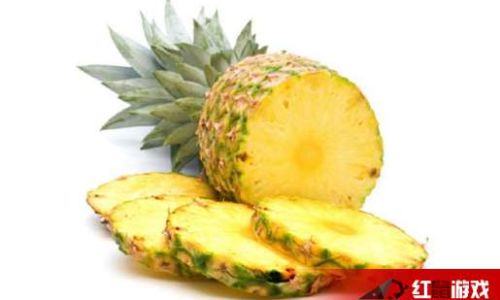
- Blackheart: Caused by chilling injury during storage or transport, blackheart manifests as darkened core tissue without microbial involvement. This disorder results from cold temperatures disrupting cellular membranes, leading to oxidized compounds. The surrounding flesh may remain firm and edible, though flavor could be affected.
- Internal Breakdown: Overmaturity or mechanical stress during harvesting can cause cellular collapse in the core, resulting in a mushy, discolored texture.
Pesticide Residues or Chemical Damage
Though rare, improper use of post-harvest treatments (e.g., fungicides) or exposure to toxic substances might induce localized discoloration. Such cases are typically accompanied by irregular patterns and chemical odors.
Assessing Edibility: Key Considerations
Determining whether the flesh surrounding a black core is safe to eat requires a multi-step evaluation:
Visual and Olfactory Inspection
- Color and Texture: Examine the flesh adjacent to the core. If it appears vibrant yellow, firm, and free of dark spots, it’s likely safe. However, if the discoloration extends beyond the core or the flesh feels slimy, discard the fruit.
- Smell: A fermented, sour, or moldy odor indicates spoilage. Fresh pineapple should have a sweet, tropical scent.
Taste Test (Cautiously)
If visual and olfactory cues are inconclusive, taste a small piece of flesh from a unaffected area. A bitter, acidic, or alcoholic flavor suggests microbial activity.

Contextual Clues
- Storage History: Pineapples stored at room temperature ripen gradually, while refrigeration can delay decay but may cause chilling injury.
- Harvest Maturity: Underripe pineapples are less prone to core blackening but may lack sweetness.
When to Discard the Pineapple
In the following scenarios, err on the side of caution:
- Fungal Growth: Visible mold, fuzzy textures, or powdery residues.
- Extensive Discoloration: Blackening that spreads into the flesh.
- Off Odors/Flavors: Chemical, fermented, or rotten smells.
- Soft or Leaky Flesh: Indicative of bacterial or fungal invasion.
Scientific Perspectives on Pineapple Spoilage
Research underscores the complexity of pineapple post-harvest biology. A 2021 study in the Journal of Food Science highlighted that Fusarium spp. colonize pineapple cores first, producing mycotoxins that pose health risks. Conversely, blackheart, a non-infectious disorder, does not generate harmful compounds but may reduce nutritional quality.
Another investigation in Postharvest Biology and Technology revealed that controlled atmosphere storage (low oxygen, high CO2) mitigates core discoloration by slowing enzymatic reactions. However, such methods are impractical for home consumers.

Nutritional Impact of a Blackened Core
While the core itself is less nutrient-dense than the flesh (being higher in fiber but lower in vitamins C and B6), its discoloration doesn’t inherently degrade the surrounding fruit’s nutritional value—unless spoilage occurs. Overripe pineapples may lose some vitamin C due to enzymatic degradation, but this is a gradual process unrelated to core blackening.
Preventative Measures for Consumers
To minimize the risk of encountering a blackened core:
- Select Wisely: Choose pineapples with green, fresh-looking leaves, firm flesh, and a pleasant aroma. Avoid fruits with soft spots or dried stems.
- Store Properly: Keep unripe pineapples at room temperature (68–77°F/20–25°C) to ripen. Once ripe, refrigerate for up to five days.
- Avoid Bruising: Handle pineapples gently to prevent internal injuries that invite pathogens.
- Consume Promptly: Eat pineapple within 2–3 days of peak ripeness.
Culinary Applications for Imperfect Pineapples
If the core is black but the flesh is salvageable, repurpose the fruit:
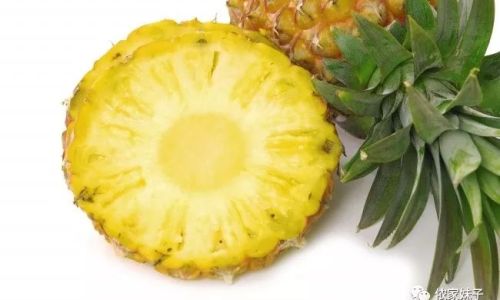
- Juicing: Blend the flesh with citrus to mask off-flavors.
- Cooking: Caramelize pineapple chunks in a pan for desserts; heat neutralizes some spoilage enzymes.
- Freezing: Puree and freeze for future smoothies (discard the core first).
Conclusion: Balancing Safety and Sustainability
A blackened pineapple core is not always a death knell for the fruit. By understanding the root causes—overripeness, fungal infections, or physiological stress—and employing thorough inspection, consumers can make informed choices. When in doubt, remember the adage: “When spoilage is suspect, it’s best to reject.” However, minor core discoloration from non-pathogenic factors need not result in food waste. With vigilance and knowledge, you can savor pineapple’s tropical rewards while minimizing risk.
Final Takeaway: The heart of the pineapple may turn black, but the soul of the fruit—its sweet, juicy flesh—can often endure. Trust your senses, prioritize safety, and enjoy this golden treasure responsibly.
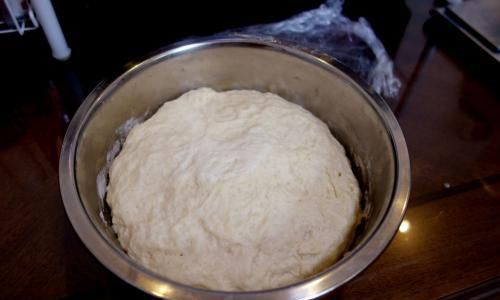


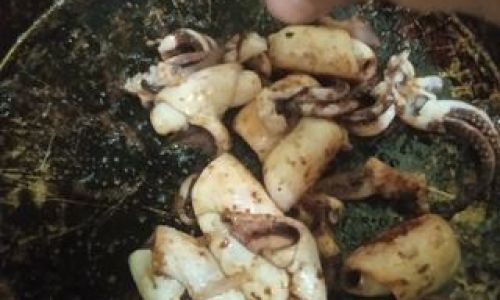

0 comments